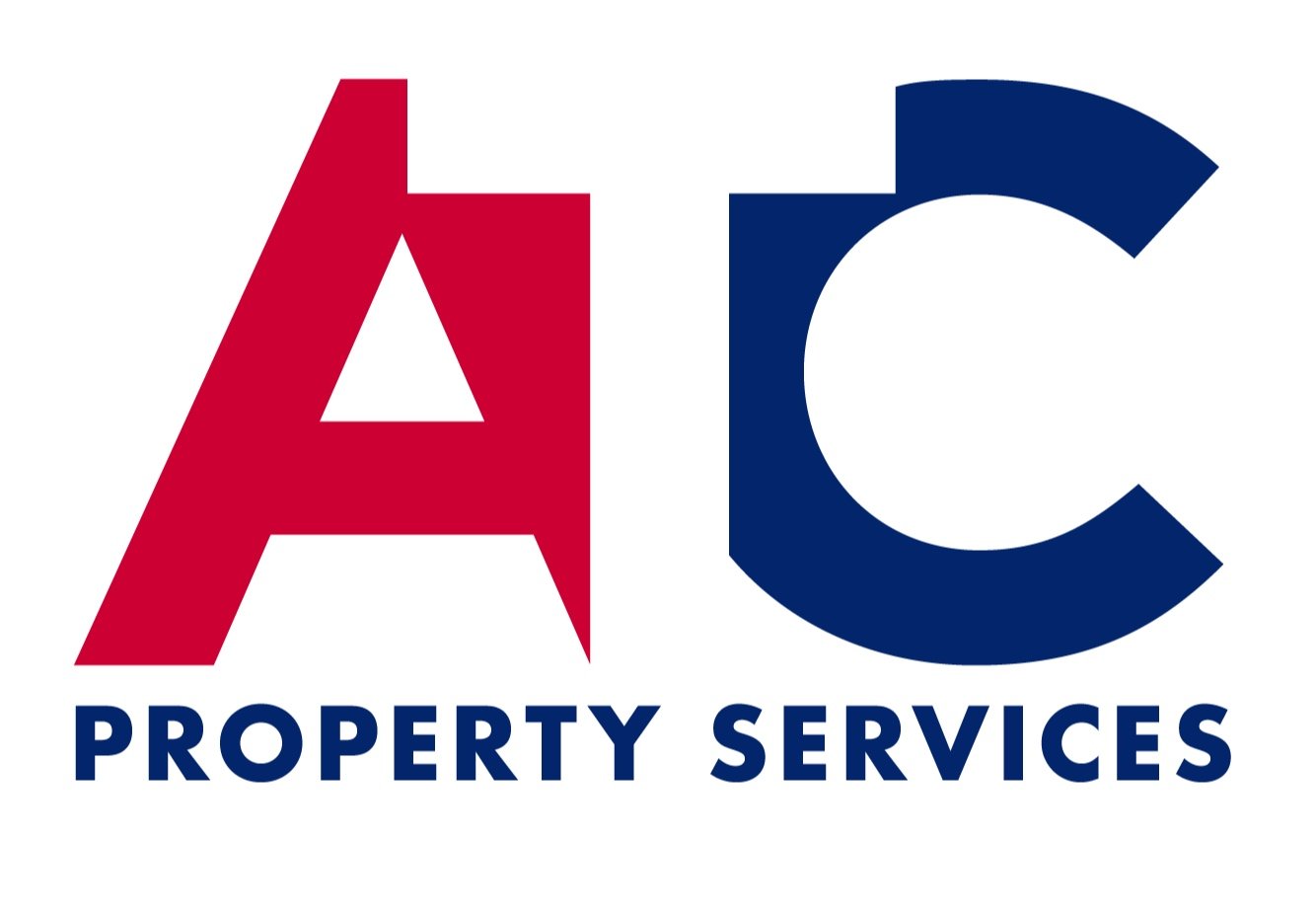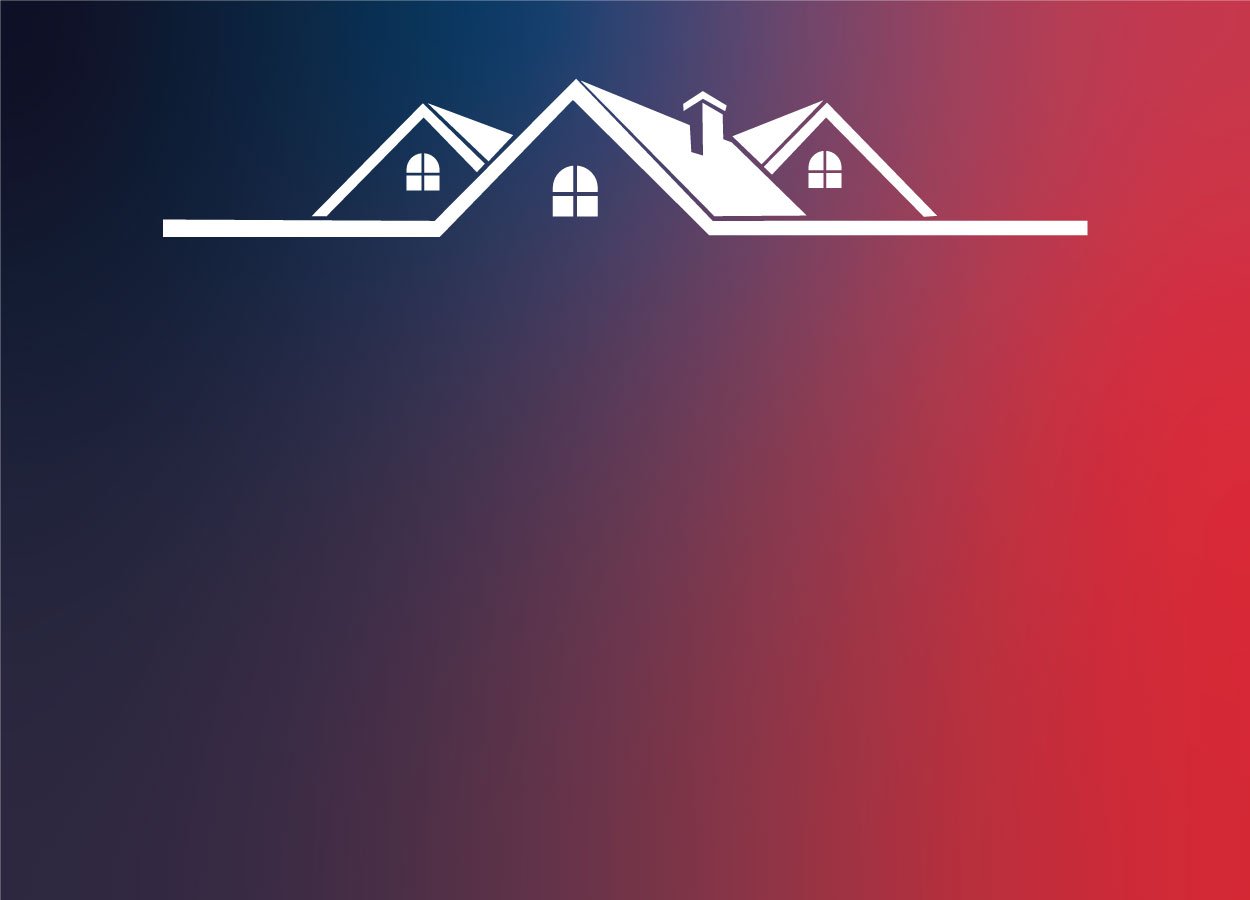Considering Home Safety? Prioritize Your Roof & Gutter Care.
Usually when we think about home safety, the first things that come to mind are the front door, windows and various access points. While those are indeed important, don’t underestimate your roof and gutters and the affects of nature on the safety and longevity of your home.
Will your roof and gutters withstand the next wind, snow or ice storm? What about attacks from wildlife and pests? Are you protecting your roofline from fallen branches?
There are many components of a roof and gutter which affect your home safety. Here are some to keep top of mind:
1. Roofing Materials
The type of roofing materials used is crucial for ensuring safety. Common materials include asphalt shingles, metal, tile, or slate. The durability, resistance to weather elements, and fire rating of the materials are important considerations.
2. Roof Structure
The structural integrity of the roof is vital for safety. This includes the trusses, rafters, and support beams. A well-built and properly maintained roof structure can withstand heavy winds, snow loads, and other stresses.
3. Underlayment
The underlayment is a water-resistant or waterproof layer installed beneath the roofing material. It provides an extra layer of protection against leaks and helps prevent water damage to the roof deck and interior of the house.
4. Flashing
Flashing is typically made of metal and is used to seal vulnerable areas of the roof, such as around chimneys, vents, skylights, or roof intersections. Properly installed flashing prevents water from seeping into these areas and causing leaks.
5. Gutters and Downspouts
Gutters and downspouts play a crucial role in directing rainwater away from the roof and foundation of the house. They prevent water from accumulating on the roof, which can lead to water damage, leaks, and even structural issues. Regular maintenance of gutters, including cleaning and ensuring they are free of debris, is essential for their proper functioning.
6. Soffits and Fascia
Soffits are located underneath the roof overhang, while fascia is the vertical board that caps the end of the rafters. They both protect the roof structure from moisture and pests, while also providing ventilation to the attic.
7. Ventilation
Proper ventilation in the roof is important for maintaining a healthy indoor environment and preventing issues such as mold and excessive heat buildup. Ventilation helps remove excess moisture and allows for adequate airflow, reducing the risk of condensation and potential damage to the roof structure.
8. Ice and Water Shield:
In regions such as Chicago and Indiana with cold climates and heavy snowfall, an ice and water shield is often installed beneath the roofing material. This provides an extra layer of protection against ice dams and water penetration, reducing the risk of leaks and water damage.
Professional installation, regular inspections, and maintenance are crucial for ensuring the safety and longevity of the roof and gutter system. If you have concerns about your roof or gutter, it is advisable to consult a qualified roofing professional.
Get a free roof inspection
Contact ATC Property Services
Call 888-202-1949 or
Email info@atc-property.com




